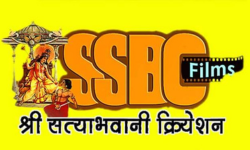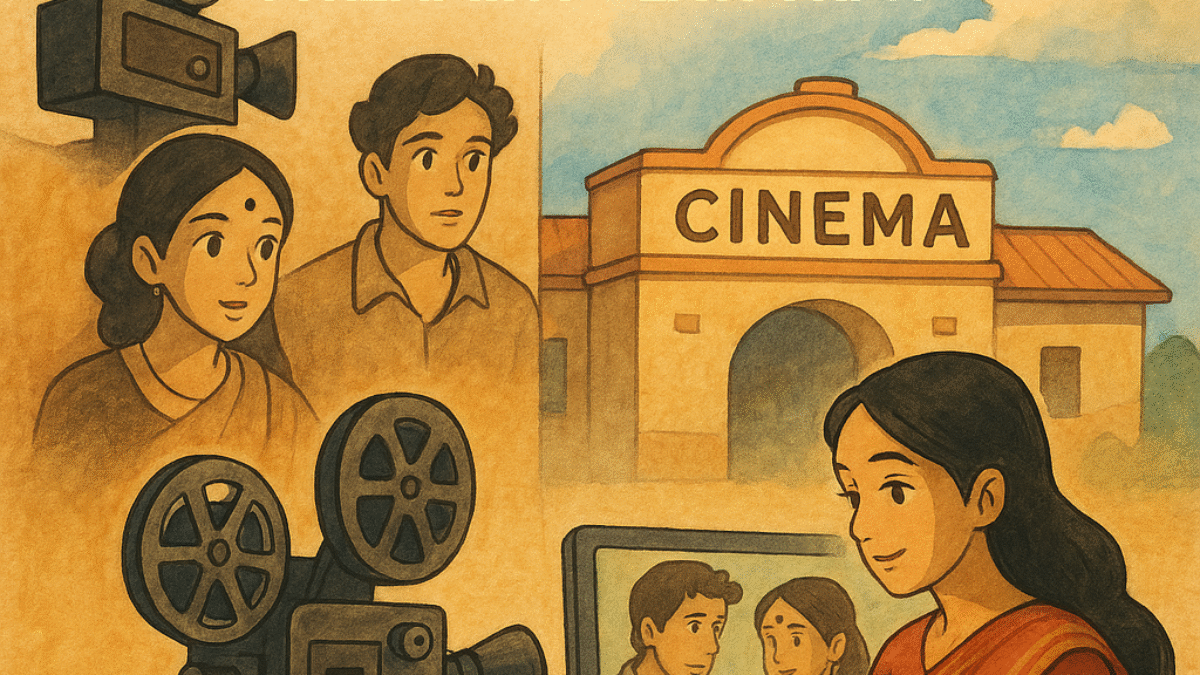The Evolution of Indian Cinema: From Silent Films to Streaming Platforms
Introduction
Indian cinema is more than just a form of entertainment—it is a reflection of the nation’s evolving identity, values, and storytelling tradition. From the grainy black-and-white silent reels of the early 1900s to the digital storytelling of OTT platforms today, Indian cinema has undergone a remarkable transformation. Let’s take a journey through India’s cinematic timeline and explore how this powerful medium has evolved and adapted over the decades.
1. The Silent Era (1913–1931): The Birth of a Dream
The story began with Raja Harishchandra (1913), directed by Dadasaheb Phalke—the father of Indian cinema. This silent mythological film marked India’s foray into filmmaking. During this period, films were devoid of dialogue but rich in expression, often accompanied by live orchestras during screenings. Most stories revolved around Indian epics, folklore, and morality tales.
2. The Talkies and Golden Era (1931–1950s): Voice Meets Vision
Alam Ara (1931) ushered in the era of sound, making it the first Indian talkie. It changed everything, introducing dialogues, music, and song sequences that would become a hallmark of Indian films.
By the 1940s and 50s, the industry witnessed the emergence of legends like Raj Kapoor, Nargis, Guru Dutt, and Bimal Roy. Films like Pyaasa and Mother India combined artistry with social commentary, making Indian cinema both emotionally charged and politically impactful.
3. The Rise of Regional Cinemas and Parallel Movements (1960s–1980s)
As Hindi cinema flourished, regional film industries in Tamil, Bengali, Malayalam, Kannada, and Marathi also gained prominence. Directors like Satyajit Ray (Pather Panchali) and Adoor Gopalakrishnan elevated Indian cinema to global recognition with neo-realist films focusing on rural India, human emotions, and existential questions.
This was also the golden age of Parallel Cinema, offering an alternative to mainstream masala films.
4. The Masala Blockbuster Era (1970s–1990s): Entertainment, Drama, and Stars
Enter Amitabh Bachchan, the ‘angry young man’ who redefined stardom. The 70s and 80s were dominated by action, drama, romance, and catchy music. Directors like Manmohan Desai, Ramesh Sippy, and Subhash Ghai created formula films that were larger-than-life and appealed to the masses.
Television also arrived, bringing serials and Doordarshan’s curated cinema to living rooms across the country.
5. The Multiplex Revolution and New-Age Cinema (2000s–2010s)
With globalization, economic liberalization, and the rise of multiplexes, Indian cinema saw the emergence of content-driven narratives. Directors like Anurag Kashyap, Zoya Akhtar, and Imtiaz Ali brought fresh voices to the screen. Audiences began appreciating films like Lagaan, Swades, and Lunchbox that broke away from typical Bollywood tropes.
At the same time, regional cinema boomed, producing high-quality films with universal appeal, like Baahubali, Sairat, and Drishyam.
6. The Streaming Era (2015–Present): Cinema Without Borders
Today, OTT platforms like Netflix, Amazon Prime Video, Hotstar, and JioCinema have revolutionized film distribution and viewing habits. Independent filmmakers, regional stories, and unconventional narratives now find equal footing with commercial cinema.
From Sacred Games to The Family Man, the digital space has allowed Indian cinema to evolve into a glocal powerhouse, local stories with global reach.
Conclusion: A Journey Still Unfolding
Indian cinema has evolved from silent expressions to cinematic universes, from projectors to pixels, yet the essence remains, a deep love for storytelling. As technology and tastes evolve, Indian filmmakers continue to push boundaries, embracing change while staying rooted in cultural richness.
The future of Indian cinema looks promising, inclusive, and innovative.



Our mission is to provide quality English language instruction through a variety of courses to international students in a professional and supportive atmosphere utilizing our unique English teaching.
Ma quande lingues coalesce, li grammatica del resultant lingue es plu va esser plu simplic e regulari quam li existent Europan lingues. It va esser tam Occidental in fact, it va esser Occidental.